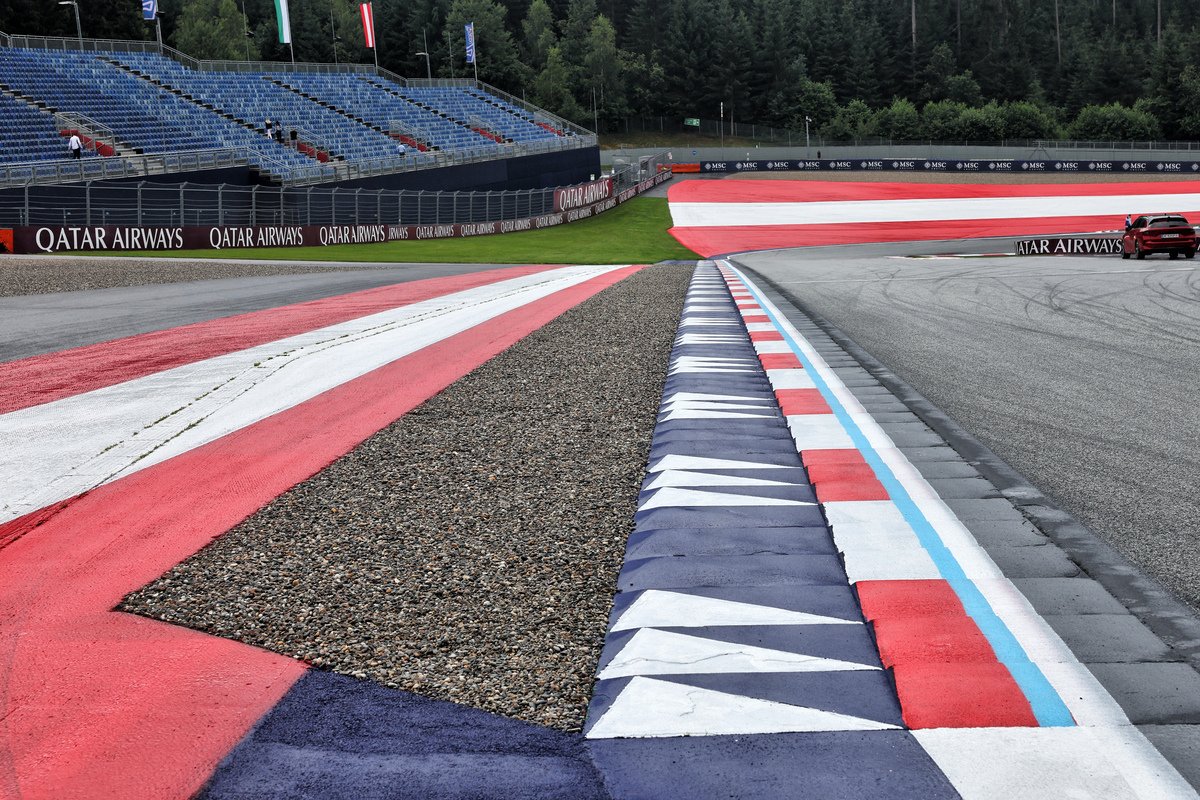

The Austrian GP last year saw 83 laps deleted during the race, account for 12 penalties with over 1000 potential breaches identified.
The outcome of the race was delayed after Aston Martin protested the provisional results leading the FIA to make changes for this year.
“Clearly, something needed to change,” Wittich noted in an article published on the FIA website.
“This year we’re creating a natural deterrent with the installation of a gravel strip and we’re adding more clarity in how we delineate the limits of the track.”
Two new strips of gravel have been added behind the exit kerbs at Turns 9 and 10, the right-handers which end the lap and last year proved hotspots for violations.
Previously, expansive kerbs and tarmac runoffs tempted drivers to push the limit but the changes this year create a natural barrier.
Where that isn’t possible, namely at Turns 1, 3, 4, and 6, the track has been subtly changed such that the edge of the track is now closer to existing gravel traps.
In those locations, the edge of the racing surface is now 1.8 metres from the gravel trap (a figure chosen so cars in junior formulae are also captured if they run wide), achieved by moving the white line onto the kerbing itself (part of which has been painted black to blend with the tarmac track surface).
“They will know where the limit is,” Wittich said of the driver’s experience.
“That’s what they want and what they have asked for. They will get feedback, they will feel it when they get close to the gravel, and if they do dip a wheel onto the gravel it will penalise them because the car will be slower.”
In addition to moving the white line, a blue line has been added behind to create contrast for when cars exceed track limits.
The line itself adds nothing in terms of what constitutes a car being inside or outside the race track, and is purely designed to increase visibility for the judges of fact monitoring those locations.
The changes are simple, comparatively cheap, and easily implemented.
“Gravel is not expensive and it is an easy fix for most circuits,” Wittich reasoned.
“For example, I think a month or so after the Formula 1 Austrian Grand Prix, MotoGP will be at the Red Bull Ring.
“As they do not like the transition from kerb to gravel strip to a sealed surface again, they will then put some asphalt back in and just remove the gravel strip and store it.
“For next year, they’ll just dig out the asphalt and put the gravel back in. Or in an ideal world, they would remove the second kerb and put the gravel close to that.”
It’s a practice that can be implemented elsewhere too, with Wittich identifying potential corners at Circuit of The Americas where gravel could be introduced.
“There are racetracks that are more affected than others by track limits and there are some that need no alteration,” he observed.
“At Zandvoort, for example, it’s all natural track limits. But there are other circuits, such as Austin, where you have some track limit areas where we would like to implement this or something similar, creating a natural deterrent.
“For example, In Austin, at the exit of Turn 19 there’s a very wide run-off and at the exit of 12 there’s a very wide asphalt run-off.
“We look at every circuit to see where improvements can be made.
“It’s a constant process.”
Ahead of cars getting on track in Austria, the changes were met with tempered enthusiasm from drivers.
“These two corners were quite tricky already before the gravel trap that we have now in those corners, in Turns 9 and 10,” Charles Leclerc observed.
“But I guess that now it’s pretty clear where the track limit is. And we won’t have this type of problem anymore, which is a good thing.
“I’ve still got to drive the track to tell you exactly what I think of it, but on paper, it looks positive.”
Championship leader Max Verstappen added: “With the layout that we have, with the run-offs naturally behind it, we’re always talking about track limits.
“And it’s a bit of a problem as well, where, you know, throughout the lap, the tyres are overheating, the front tyres are getting really hot, so you naturally just understeer wide, and sometimes it happens already on the entry of the corner that the outcome on the exit is one or a few millimetres, which then gives you a track penalty.
“I just hope maybe with the gravel will stop that a little bit.
“Naturally you have to be a bit more careful and be a bit more precise. So, we’ll see if it’s the right way. I mean we’ll also try it.
“No one has a clear solution at the moment for what is best. Of course, we have to share the track also with MotoGP, for example, and other kind of categories.
“It’s a bit tricky to, at the moment, come up, I think, with the best solution around here.”
However, not everyone was convinced, with Yuki Tsunoda raising concerns that the addition of more gravel could lead to punctures as it gets dragged onto the race track.
“It’s a good modification, but hopefully it won’t be like Monza, second chicane, that all the gravel come into the racetrack and increase the chance of a puncture,” he opined.
“Especially in qualifying, when someone drives on the gravel and the gravel comes into the track,” he added.
“Also, that the gravel might also cause floor damage as well.
“The speed difference between Monza and here is quite a lot different, so it might not happen, but if that happens it’s pretty hard to avoid that gravel.”
Practice for the Austrian Grand Prix, the only hour of free running as part of the Sprint format in use this weekend, begins at 12:30 local time today (20:30 AEST).


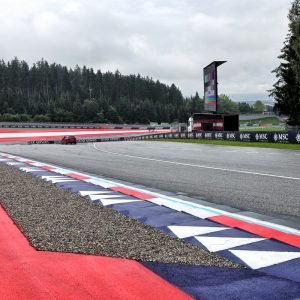
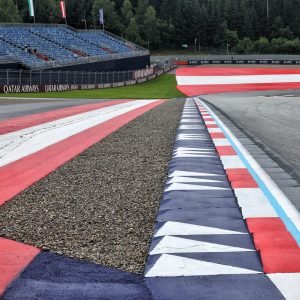
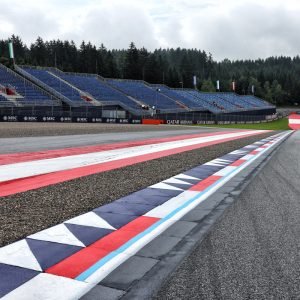
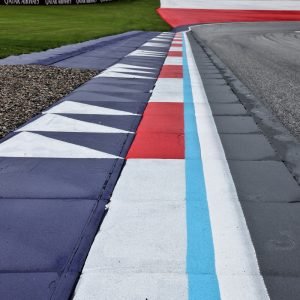
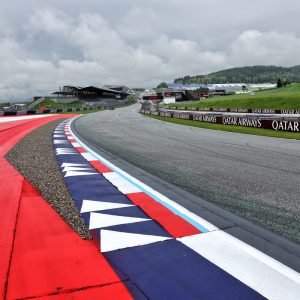


















Discussion about this post